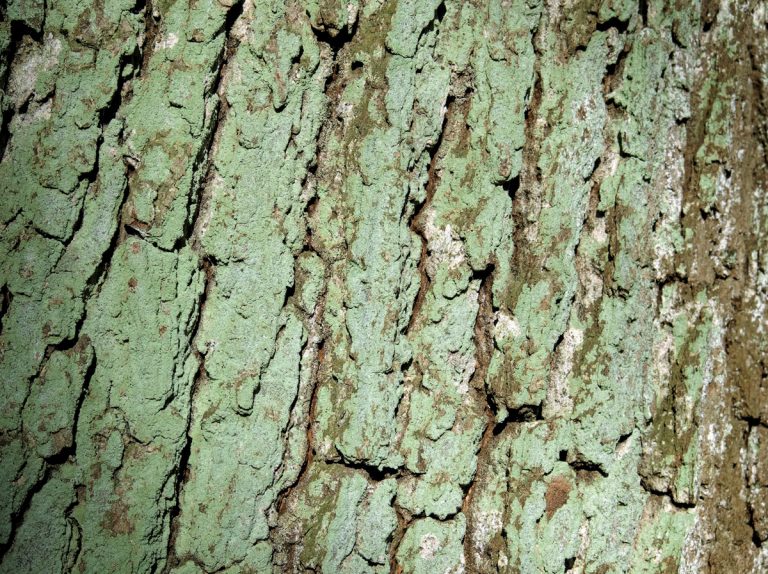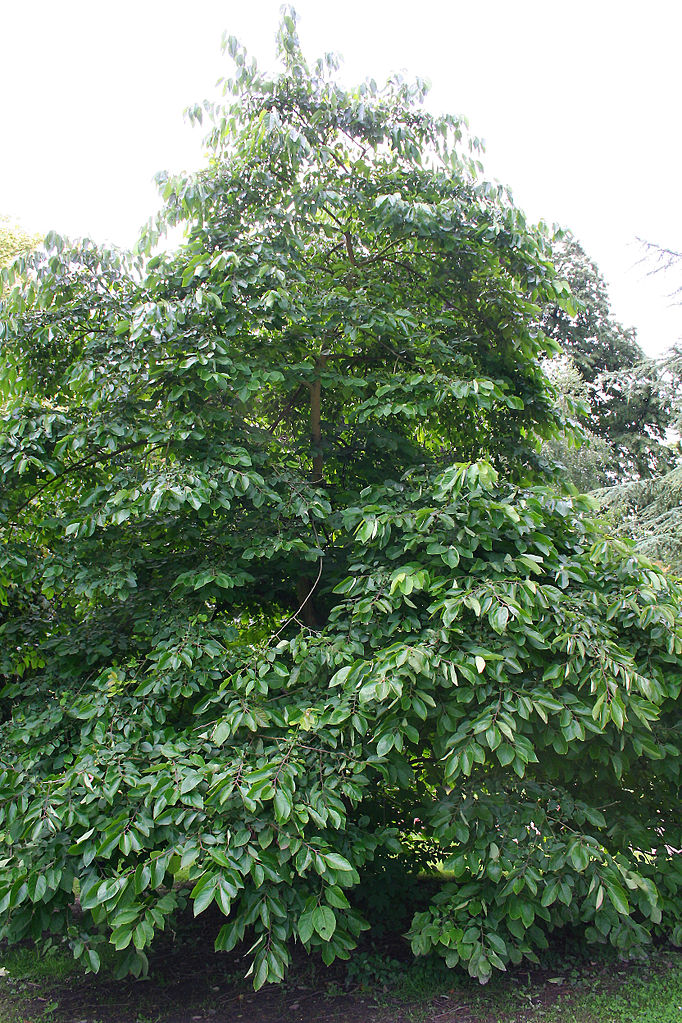Lemon Tree
Scientific classification
| Kingdom: | Plantae |
| (unranked): | Angiosperms |
| (unranked): | Eudicots |
| (unranked): | Rosids |
| Order: | Sapindales |
| Family: | Rutaceae |
| Genus: | Citrus |
| Species: | C. × limon |
| Binomial name: | Citrus × limon |
Lemon trees stand out in any garden. They add beauty to the location they are in. The dark, shiny green leaves and the pale flowers in the foreground are a sight to enjoy indeed. The scent and fruit appeal to your sense of smell and taste. These lemon trees are robust and they grow well in most conditions. With some care from your side, the tree can have a fairly robust, long life span, and you can reap the growing lemons at will.
Water your lemon trees well, fertilize them properly and protect them from pests, they will reward you yearly with their beauty and tangy fruit.
Anatomy
These trees generally reach heights ranging from 20 to thirty feet. As in the case of most members of the citrus family, the twigs are thorny. The leaves have elliptical shape and fine teeth. The leaves are dark green on top and light green under. The white flowers have purplish undersides. The lemon tree is a berry technically. The peel is yellow The fruits range in length from 2. 75 to 4.75 inches.
Habitat
Lemon trees belong to the Citrus family and are basically sub-tropical plants native to Asia.
GROWING AT HOME

Soil for Planting
If you follow proper lemon tree care instructions, you will find that they can grow in a wide range of soil, poor soil, included. A well drained, slightly acidic soil is the most suitable. They should be planted slightly higher than Ground Level. Maintain the soil evenly moist. Apply fertilizer when they need it.
Planting
If you start from scratch, remember to plant the tree in a location where it can get maximum sunlight and protection from frost during the cooler months.
Unlike most trees in the citrus family, the lemon trees are very sensitive to cold. Taking into account this cold-centric sensitivity, plant the lemon tree on the southern side of your house. They need maximum sunlight for their growth. To protect them frost, plant them near the house.
Plant the lemon trees in such a way that it is higher than ground level. Dig a shallow hole, place the sapling in the hole, tamp firmly as you replace the soil.
Watering
Provide enough water. You can spread some mulch on the soil to retain moisture. These trees need deep watering once a week.
Ensure that the lemon tree gets adequate moisture during the first year after you plant the tree. Water them twice or thrice in the first week. Then once or twice in the next few weeks. After the initial few weeks, water them whenever you find the soil dry down to one or two inches.
Water the tree regularly during the dry periods. Lemon trees have a shallow root system and they tend to get dehydrated easily. If you find unripe fruit, flowers and leaves dropping, you can be sure that your lemon tree is not getting enough water.
Temperature and Humidity
The normal temperature range for a lemon tree is around 70 degrees F, during daytime and 55 degrees F at night. These trees usually become dormant when the temperature is below 55 degree F.
Flowering and Maturing
Flower buds start appearing early in the winter season and bloom fully by late winter to early spring. This would be in the months of March or April in most places. It takes four to twelve months for fruits to develop after blossoming. The lemon trees depend on insects for cross pollination and consequently, fruit development.
Care
Nourishment is a very important factor in the care of lemon trees. Lemon trees require large amounts of Nitrogen. But the smell can definitely make you uncomfortable. The leaves usually turn yellow if there is a nitrogen deficiency. Of course, leaves can turn yellow due to other reasons too. If the leaves become yellow and you can still see a greenish structure, you can be sure that there is an iron deficiency. You can remedy this by supplementing the fertilizers with iron chelates. If the leaves turn yellow, but with a greenish wedge shape near the base, it is an indication of magnesium deficiency, which can be remedied by adding Epsom salts.
Pest and Pesticides
Lemon trees are hardy. But still there are a few pests that can affect these trees.
In case the lemon tree’s leaves appear distorted and you find trails, silver in color, running through the leaves, you can be sure that Citrus (Leaf) Miners are at work. Cut and remove affected parts and spray a preparation of white oil.
Black discoloration of the leaves is caused by sucking insects like aphids, scales and mealybugs. You can remove aphids with strong water streams. Apply mild insecticides in his case of mealy bugs and scales.
Gall wasps lay eggs on the branches and stems. These parts swell up and turn lumpish (as galls). The best thing is to cut off the galls before the eggs hatch. Burn to destroy them.
Harvest Month and Storage

Photo by: Tom Sulcer
In some varieties of lemon trees, all the fruits ripen at the same time. In other cases the fruits ripen over a period of time. It may take months (usually from autumn to winter). To find out whether the fruit is ripe, taste it. Use pruning shears to clip off ripe fruit. Except for lime, all lemon fruits should be left on the tree till they develop full color and flavor. The mature fruit can be kept on the tree for some time, If you keep them for inordinately long periods, the quality will deteriorate and pest and disease problems will set in.
Careful handling is necessary. Pick the fruit with twisting, pulling action. The stalk should break, but there should be no damage to the button or fruit. Picking cold or wet fruit will reduce their shelf life.
Varieties
Eureka
This is the ideal type of fruit in home gardens in coastal areas. This tree will bear fruit several times. The tree grows fast and has less thorns.
Lisbon
This lemon tree is more tolerant to climates colder than the Eureka variety can bear. The tree is fast growing, though thorny. The fruits ripen in the fall and winter. In coastal areas, we get light crops in spring. Citrange and Trifola are compatible roof stalks’.
Meyer
The most tolerant of cold among lemon trees is the Meyer. The fruits are almost orange in color and possess high juice content while the acid flavor is lower.
Lemonade
This tree is of Australian origin. This is a vigorously growing tree capable of heavy crops. The fruit looks like a lemon. But the acid content is lower. The juice has a distinctive ‘Lemonade’ flavor.

Having discovered a fondness for insects while pursuing her degree in Biology, Randi Jones was quite bugged to know that people usually dismissed these little creatures as “creepy-crawlies”.







